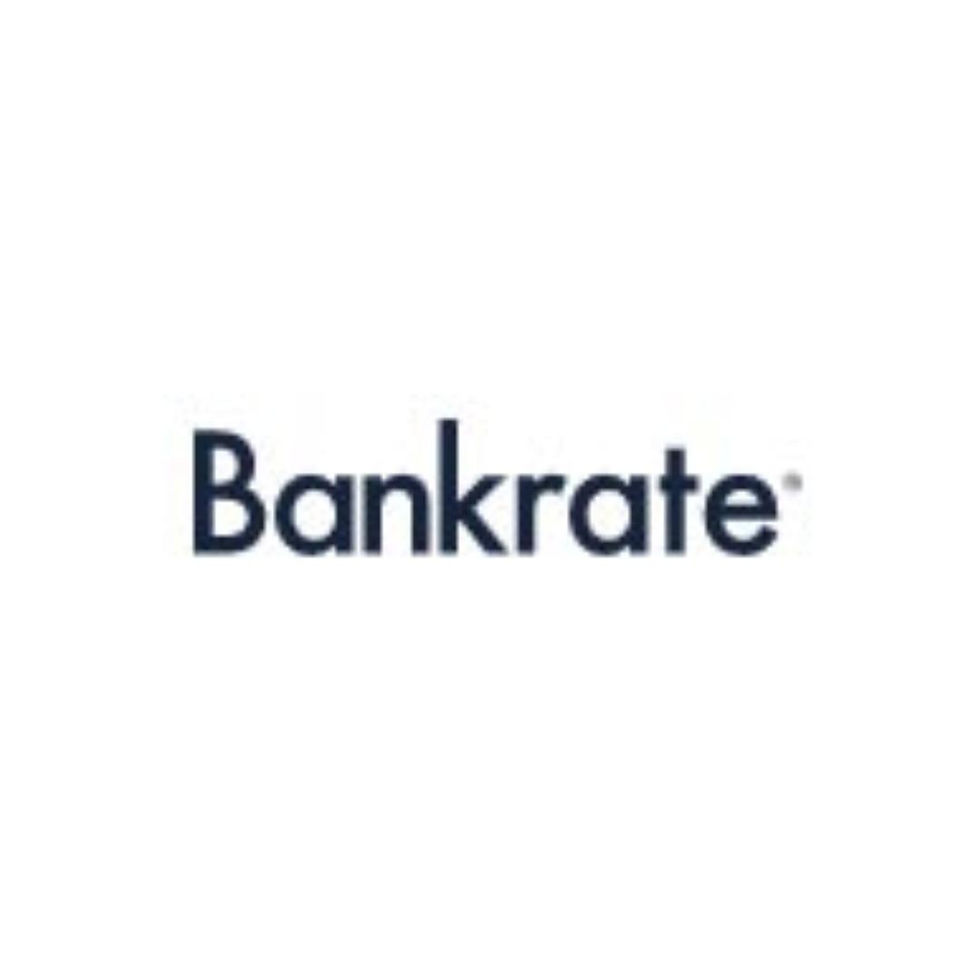Home Equity Loan Products –HELOCs and HELs
- Richard Pisnoy

- Sep 3, 2018
- 2 min read

Andrew Weinberg, a partner at licensed mortgage originator firm Silver Fin Capital, explains more about these two products:
“HELOC and HELs are second mortgages. They’re riskier for the lender to take on, so the lender would expect to receive a premium for that risk in the form of higher interest rates and adjustable rates. For HELOCs, the interest rate is always adjustable; it is never fixed. The rate for a HELOC is typically based off the prime rate plus the lender’s ‘margin’ on top of that.”
“You might see a HELOC advertised as prime + 1% or even prime -0.25%. As the prime rate changes (either up or down), the interest rate on the HELOC will fluctuate. You can pay down the HELOC without penalty, and not pay interest on that outstanding amount anymore. And then you have access to those funds when you want or need them, which gives you more flexibility than with a HEL.
“HELoans are closed-end second mortgages,” explains Weinberg. “They usually have a fixed interest rate for some period of time. ‘Closed-end’ means that the loan amount is an agreed-upon amount before closing; each month, you pay interest and some principal.”
You could take out a 15 year home equity loan (or arrange for an even longer term). It might be based a 30-year amortization but the loan could be due in 15 years -- meaning you have to pay off or refinance the mortgage in 15 years, even though your payments were based on a 30-year loan. As a second mortgage, HELs have much higher rates than a typical first mortgage (probably 2-3% more than a first mortgage).
Weinberg adds,
“Second mortgages are usually smaller than the first mortgage. For example, a borrower might have bought a house for $800,000 with a $600,000, 30-year fixed-rate mortgage. A couple of years later, the homeowner decides they want to redo the kitchen and finish the basement. Let’s say the house is now worth $840,000, and the homeowner gets a $75,000 HELOC or HELoan to access the funds to do the work. They are cashing out some of their equity without touching the first mortgage.
“This might be a good option for the borrower who intends to pay the HELOC off in the near future. If you have a good deal on your first mortgage, you may not want to give that up by cashing-out the equity on your home. You can calculate your “blended” interest rate on both loans, and see how that compares to simply refinancing that first mortgage.”






